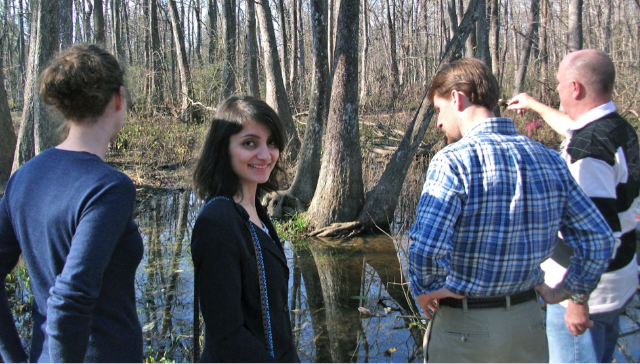Jegidong and Medicinal Markets in Seoul
One of the weekends, I ended up taking a walking tour, this time of a traditional market in Dongdaemun. Little did I know that the tour was through Jegidong and the medicinal market. The tour began at Jegi-dong Station along with three other people. The tour lady was someone I had met before, from an earlier tour I had taken (all of these are older people retired and now volunteering). From a quick scan down the platform, it was clear as if I had moved into an elderly community and I might have been the only person under 30. Later, I discovered that Line 1 cuts across the older parts of town, which are popular with the older folk. Our guide also informed us the the elderly in particular found this place appealing given the older markets it has, the history and its linkage with illness.
Northwest of the station is the area leading up to Korea University and Anam Station, where you can see the younger crowd and the line of restaurants and cafes.
We started the trip first at the Seonnongdan Altar, which reminded me of the Sajik Altar near Seochon. The altar is dedicated to the "gods", which were the Chinese emperors Shen Nung and Hou Ji. They were revered because they introduced the secrets of agriculture to the Korean people. This altar was built in 1475, and at the time, the Joseon kings made it an annual tradition to take up plowing around the Seonnong altar to promote agriculture. This rite was suspended in 1908 due to the Japanese occupation of the peninsula, but has since resumed from 1979.
Right next to the altar is this museum building which talks about the altar, and tells the history of agriculture. It's all in Korean so better to go through this with a tour guide. The place was built through an architectural design competition, where Seonnongdan was designated to be history and culture park, in which formality of the rituals merges with the actual historical and cultural content of the place.
After that, we visited the Gyeongdong Market, a traditional market which was a "bojewon" during the Josean Dynasty. A Bojewon was a place that provided free accommodation for travelers and helped the people in need suffering from poverty and illness by helping them to heal. The market is known by other names, given that the vicinity has a bunch of markets. It doesn't differ significantly from other traditional markets, except for the part dealing with medicines, which is called the Yangnyeong Market. This part has a bunch of herbs and spices, and ginseng and roots that look like ginger. This is the largest and one of the most famous oriental medicine markets in Korea.
This place is certainly not for the faint of heart. The smell (some may call it aroma, but I beg to differ) of fish, kimchi, random animals, ginseng in bottles all are kind of creepy, like entering some laboratory. The last stop was to this amazing museum, called the Seoul Yangnyeongsi Herb Medicine Museum, a block or so down the road. The building looks gorgeous from the outside, the wood and paper windows make for a great photo op.
There are additional facilities in the museum where you can sample herb tea, grind your own medicine and get a health checkup. It’s also neatly arranged and informative, while also recognizing that most visitors aren’t looking for overly exhaustive explanations. Most, though not all, exhibits have basic English explanations. There are also a number of interactive displays!








0 comments